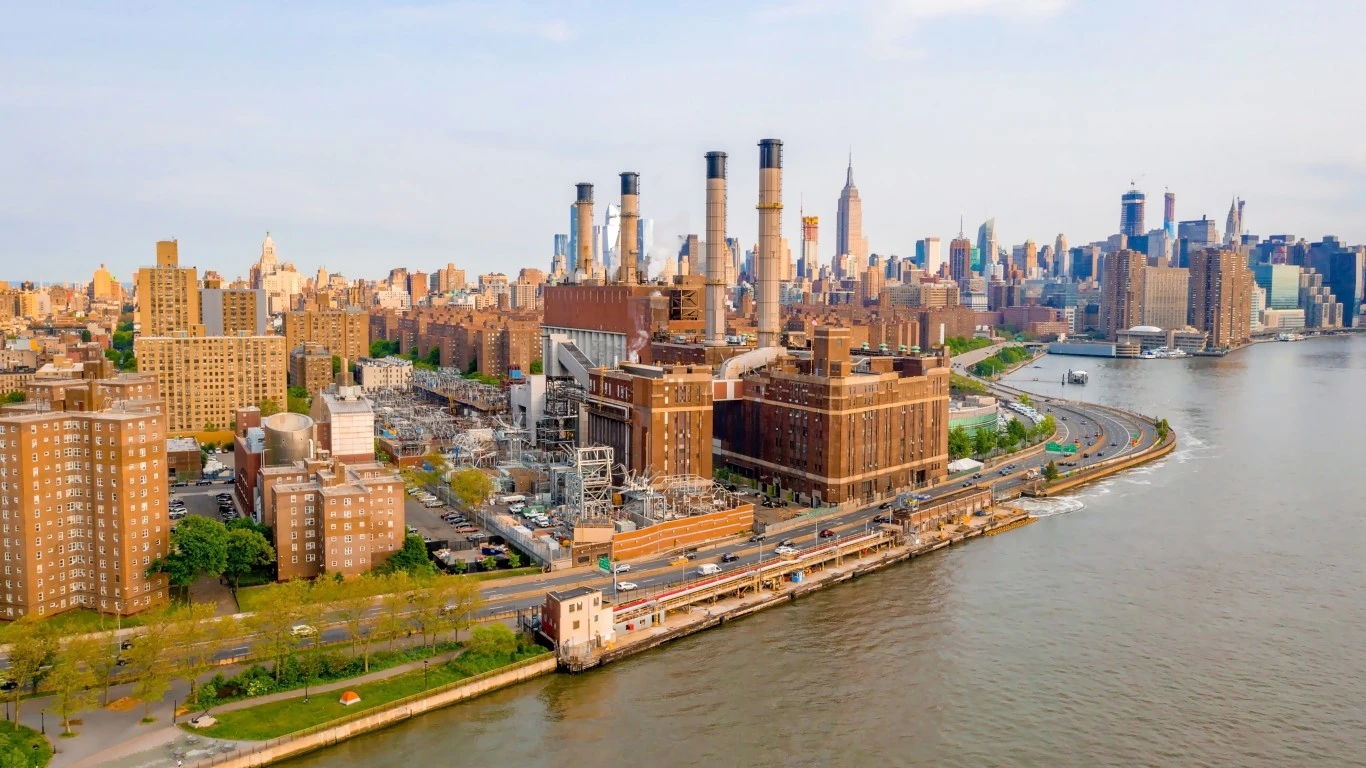
By David Callaway, Callaway Climate Insights
By Justin Sharon
(Justin Sharon is a longtime freelance writer. After working at Merrill Lynch for many years, he transitioned to financial journalism. Among other subjects, he also authors a monthly column about British soccer.)
NEW YORK (Callaway Climate Insights) — Six years ago, in a move rife with symbolism, a building at the storied Brooklyn Navy Yard was outfitted with 3,152 rooftop solar panels generating some 1.1 million kilowatt hours of energy annually. Thus was a facility whose name evokes images of smokestack industries and President Franklin D. Roosevelt’s “Arsenal of Democracy” that helped win World War II transformed into an emblem of our new energy economy.
The driving force behind this installation may come as a jolt to many. Consolidated Edison (ED), a New York energy delivery firm whose predecessor gas company came on the scene in 1823, seems an unlikely poster child for the 21st century economy. Mention its name to many Manhattanites, and images of a lumbering old-line electric utility come instantly to mind. (Their mood was not improved by the lingering sticker shock arising from a supply crunch that saw winter fuel bills jump 28% in January, according to the Bureau of Labor Statistics).
And yet Con Edison, which serves 10 million customers in New York City and nearby Westchester County, is making a concerted push to be a major player in the eventual phasing out of fossil fuels . . . .
To read the full column, all our insights, news and in-depth interviews, please subscribe and support our great climate finance journalism.





